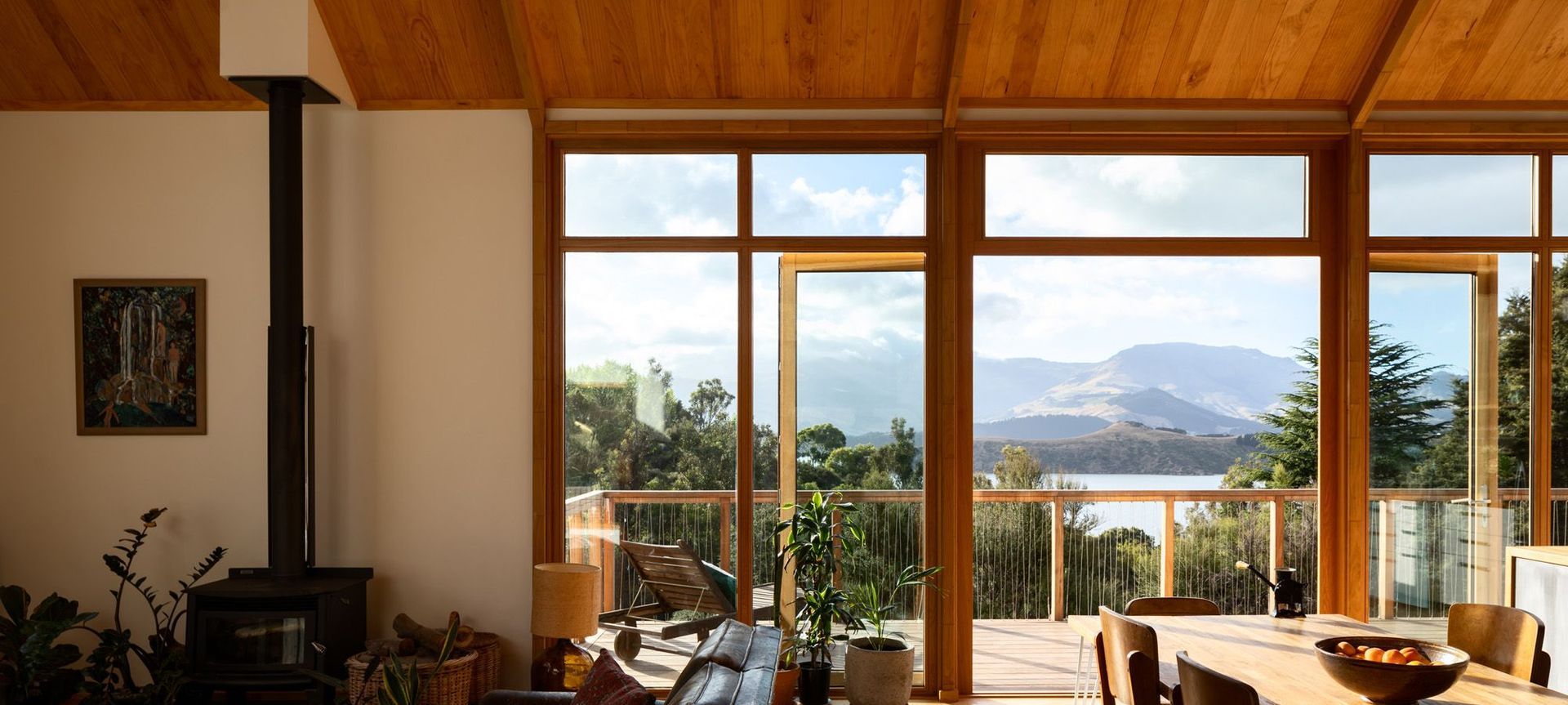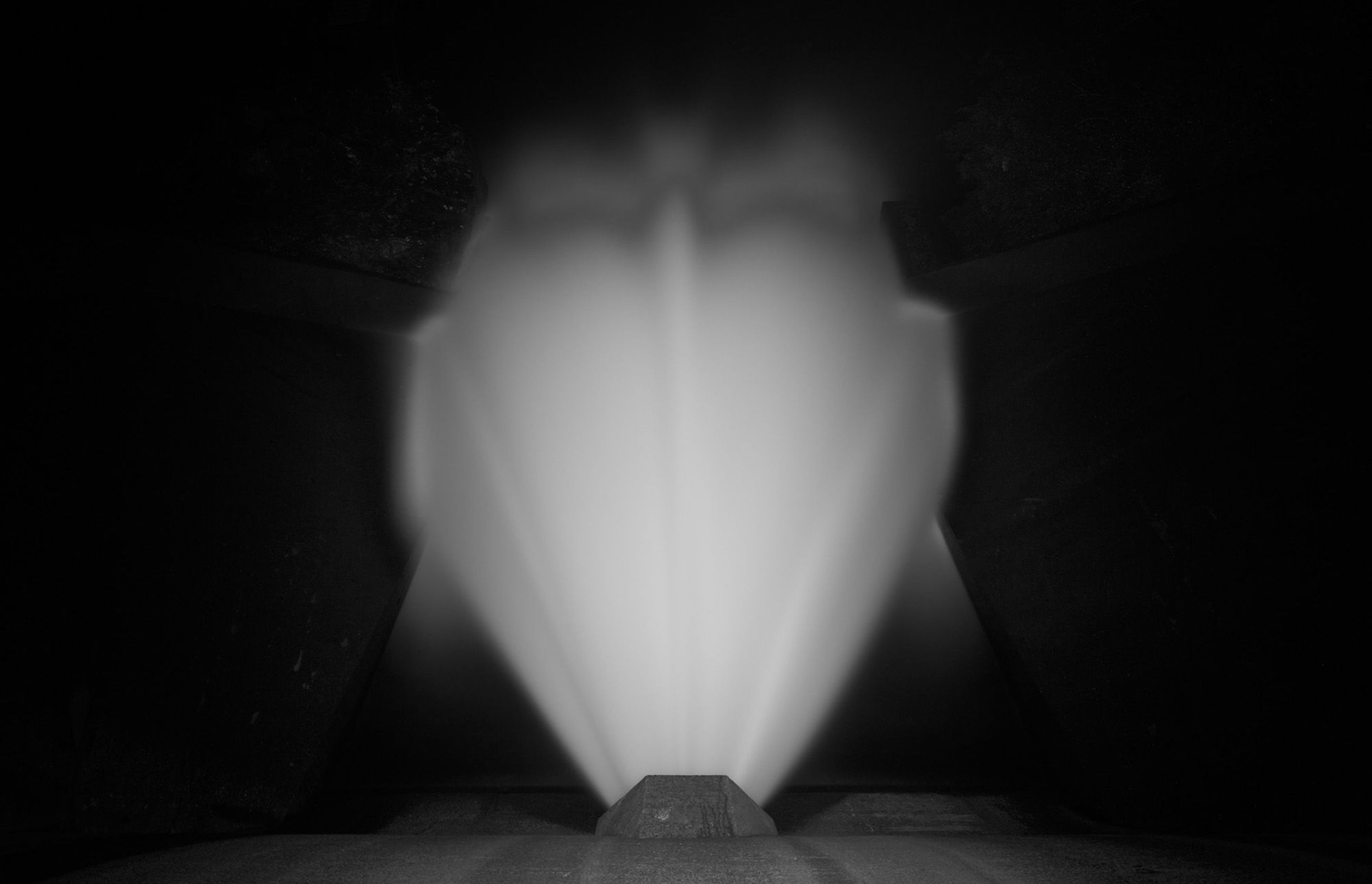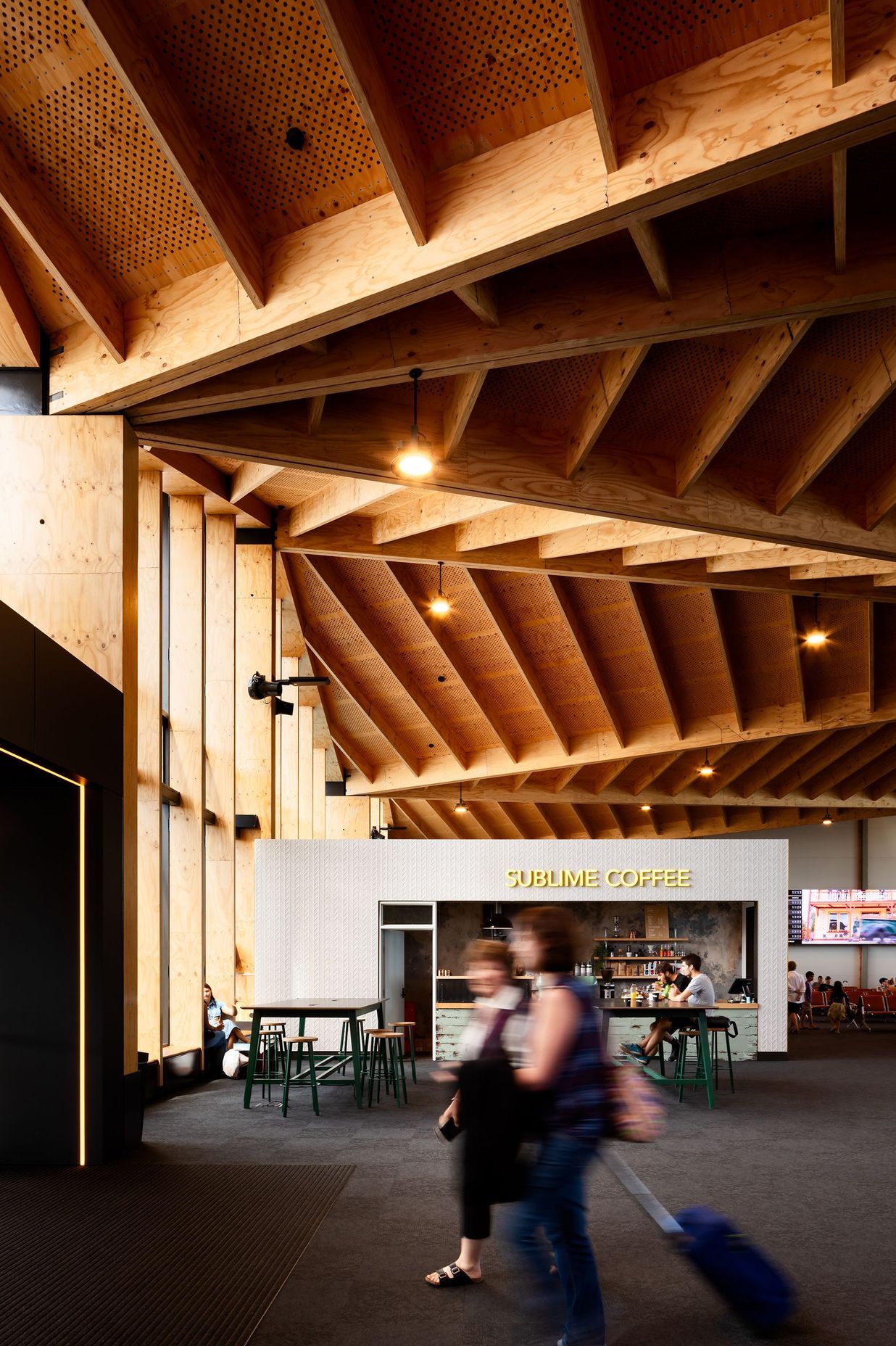Buildings from behind the lens
Written by
10 May 2019
•
5 min read

A good image is vital to communicating the design ideas, function and aesthetics of a project, whether it be a newly-completed house perched on a clifftop or a large, public building in the inner city.
ArchiPro editor Amelia Melbourne-Hayward recently talked with architectural photographer Jason Mann, who is based in Wellington and has been shooting buildings for eight years, about how he approaches this challenging yet creatively satisfying work.
What drew you to architectural photography?
I completed a Bachelor of Design majoring in Photography at Massey University in Wellington and after graduation started work in a portrait studio. Because the business relied on volume, I had to churn through images – it almost killed my love of photography all together!
Architectural photography is the exact opposite of mass-produced portraiture, which is what I love. It is a slow and methodical process where a small number of highly refined images is produced. I have always had an interest in and photographed architecture. After being made redundant as a portrait photographer I moved exclusively in this direction.
When you are approached to shoot a house or commercial project, what's your process?
I start by looking over the plans/renders, reviewing the brief and figuring out the best time of day for the shoot. The more information I can get, the better. If possible, a site visit is great, because when a brief is supplied it is often very vague. If I can visit the project with the architect, I can pick up on what’s important and get a better understanding of the story behind it.

What aspects of the house/project do you think are the most important to capture?
The most important thing is the narrative and what features make that house or project unique.
That’s why a brief is so important. I can go through the motions and photograph what I think looks good, but the success of the shoot really comes down to how strong the narrative is.
My process involves looking at specific design features and how people interact and respond to a space. This works to show scale and the success of the design. The challenge for me is figuring out how to portray this in the most concise and dynamic way possible.
What, in your mind, makes a great architectural image?
A great architectural image shows how the space is used – having people in photos really helps and it’s a shame that it’s often not possible due to privacy concerns or shy homeowners. It’s also important to show a project in context, so if I’m shooting a building in a city, I ensure that I show how it sits within its environment, which also applies to residential work.
From a technical point of view, there are a lot of steps that make up a great architectural image, including composition, time of day and post-production. This is architectural photography 101.
For me, the test of great architectural photography is not about any one image, it’s about a final series of images. How strong is the narrative, how dynamic, engaging and consistent is the editing, and how strong is the relationship between images – how well do they work together and talk to each other?
What sort of projects do you most enjoy working on?
I really like working on new commercial buildings, because they have such an impact on a large environment and affect so many people. For example, Clyde Quay Wharf in Wellington by Athfields Architects is a mixed-use building with urban design aspects, so it has a huge impact, not only from a cityscape perspective, but also on how people move throughout the city and interact with it. This fascinates me and provides endless opportunities for photography.
What do you love about working in this field?
The awesome people I get to work with. Architects/designers/creatives are incredibly passionate and whilst this can be challenging at times, that passion inspires and pushes me to do the best possible work. They’re often working overtime on photoshoots with me and can sometimes be seen sprinting between floors to keep the interior sensor lights on at dusk!
For any budding architectural photographers, what would be your top piece of advice?
Take the time to understand what makes a good architectural photograph. Look at how light interacts with the building. When I was learning, I would go for runs through Wellington city and observe how different buildings and materials looked under different lighting conditions, trying to figure out how to take a photograph like the ones in the magazines! The only way is by understanding how light works, then by going out and practicing a lot.
What sort of gear do you use (or is this a secret)?
It’s nothing revolutionary. I use Canon equipment and tilt-shift lenses, which are specific for architectural photography. Arguably what is more important, and what often sets two photographers apart, is the editing or post-production. I am constantly refining and tweaking my editing process and, after eight years, I finally feel like I am establishing a solid workflow – and this is a secret!
What have you learnt about architecture through your years of photographing it?
Starting out, I never appreciated how much time and effort architects put into perfecting the smaller, seemingly minor details, such as timber edging or negative details, using amazing materials like brass that often cost a fortune. I like to take the time to explore these finer moments in a space, as they are often the more exciting.
Finally, what would you say to the statement "no building is completed unless it is photographed?"
It’s certainly good for business! But I don’t particularly agree with it. I went to a talk by architect Stuart Gardyne of Wellington practice architecture + a few years ago, and he said, “A building is not finished until it’s occupied.” That rings truer to me.

